february 1 2009 : huanchaco, perú, south america
Peru’s landscape is more varied than we would have ever imagined. When we entered town last night we came straight out of a scrubby desert. Leaving out the other end of town we were immediately in rolling green hills with sweeping curves and panoramas that seemed to stretch forever. Then the hills disappeared and the land flattened out, but still retained it’s lushness to the point of containing rice paddies. Then another town came along, and this time we spit out the backside into dry mountainous desert. We also came out in the midst of miles and miles of garbage. The city loads up all of their garbage, drives it five miles down the Pan-American highway, and deposits it fifty yards off the road into the dirt. From there it blows either west into the ocean or east into, I guess, Brazil.
Along the road we were stopped four times today. Three times they seemed to flag us down before they got a look at us and they almost seemed embarrassed when they came up, asked us where we were from, where we were going, and then waved us on. The fourth time the guy was a bit of a pain, making us dig out useless paperwork that he then pretended to read before waving us through. Pretty harmless stuff though.
We pulled into Huanchaco late afternoon on a Sunday only to find the place absolutely hopping. The large city of Trujillo is just down the road a little way, and this is the big local tourist resort for the area. The town is built right along the waters edge, with a busy sidewalk along the beach, dozens of ceviche restaurants on the other side of the road, and vendors selling a little of everything everywhere. You’ve never seen so many people eating ice cream. We pulled up chairs for some beers, people watching, and an incredibly orange desert ocean sunset.
All the police checkpoints today got us thinking about how easily we’ve been able to handle the couple of hundred stops we’ve encountered on this trip. Recently we met a couple on motorcycles who had a run in and paid out bribe money to a Honduras cop for having done nothing at all, and then we met a guy who was stopped three times in Honduras and handed out bribes at each one of them. The problem is that we’ve talked to other road trippers and everybody repeats these stories like they are gospel and paying out bribes is just the way it goes. Yet we were stopped five times in Honduras and didn’t pay out one bribe. We’re not trying to pass judgment, but have been trying to figure out why some people seem to have such a hard time with checkpoints and borders. The borders we’ve got no answer for. They’ve all been so easy and straight-forward that there doesn’t seem to be any reason at all for people paying bribes to officials or helpers. On the road stops are all together different though.
We finally decided that we’ve got three things going for us. One is an overwhelming sense that we aren’t doing anything wrong, and we’re not about to let some cop convince us that we have. We’ve got no guilty conscience when we’re stopped. Two is that we just automatically assume that people are good. Sounds corny, but we think if you assume the guy coming up to you is a crook looking for a bribe, then sending out that vibe will get you exactly that. Instead we almost always end up smiling and shaking hands. Three is the most obvious one. I’ve got a pretty girl with me. There isn’t a cop out here that wants to look weak in front of a girl. And trying to extort a bribe and failing to do so must be sort of humiliating, so I think most of the time they just skip it all together. I guess the best advice to anybody looking to make a similar trip to ours is simply to bring along a pretty girl and some cajones.
We met one of the friendliest cops ever today. He stopped us as usual and walked up beaming. “Casa rodante, casa rodante,” rolling house. He mimed sleeping, eating, and driving, and seemed to think living out of a bus was the greatest thing ever.
february 2 2009 : huanchaco
Huanchaco had a much more mellow vibe today. The weekenders had gone home and the majority of the street vendors had taken the day off. Ali and I hung out on the beach for a bit, watched guys fish for tiny little perch off the pier, tracked down a working ATM, ate the most horrific vegetarian meal ever (don’t ask me why), and pretty much called it a day. Not much happening and not much to do.
Also, we’ve finally reached the Humboldt current, bringing icy water north all the way along the coast. Just a few days ago in Ecuador the water was like a bath, today there was severe shrinkage and lots of girly squealing.
february 3 2009 : casma, perú
Just a quick video to recap our day driving through the deserts of Peru. It’s funny, one of the last things we ever would have associated with Peru is desert. Yet here we are cooking our way across hundreds of miles worth of it.
february 4 2009 : huaraz, perú
We left the coastal desert this morning and almost immediately began climbing the mountains. At first we drove along a gorgeous road enjoying the rivers, the flowers, and watching the apple pickers pack box after box along the road. Then we reached a small town and our road abruptly ended. We asked directions from a couple of different people and were assured that the muddy path a car width wide was indeed the road to Huaraz. Let the adventure begin.
The road started off well enough. We quickly climbed to six thousand feet following the curves of a fast flowing river the whole way. Ridiculously rickety foot bridges made of just two or three tree trunks with no handholds linked the two sides of the river. There were no other cars at this point, and very few people. The women we saw were dressed in bright pinks and oranges and wore tall wide brimmed hats that they seemed to hide behind as we drove past. We waved to little kids but got no response other than stares, which was the same reaction we received from the men. Nobody seemed too sure about us.
The scenery made up for the lack of local smiles. We climbed past ten thousand feet along a muddy path that clung to the mountainside with ducks, pigs, goats, sheep, cows, donkeys, and dogs all sharing the space with us. Mountains seemed stacked up on top of each other behind the mist.
At one point we came across a river crossing without a bridge. It was flowing fast, rocky, and dangerous looking. The crossing looked flat, but the river leading down to it was flowing downhill fast, as it was just on the other side of the road. Not a waterfall exactly, but the next closest thing.
It was flowing too quickly to try and walk it, but we were committed at this point either way. We picked a line, gunned the engine, and dove in. Literally. It felt fine for a brief second, but then the front of the bus dropped out from under us. A wave of water splashed up as high as the middle of the windshield as the river level reached up to the VW symbol. Ali screamed and I stayed hard on the gas. Miraculously the rear end didn’t lose traction on the boulders and the front end popped straight back up out of the hole. Our momentum carried us across the rest of the way. On the other side all we could do was hope that there was no more of those to cross. Listen closely to this video and you’ll hear me ask, “Ready?” before giving Ali just enough time to reply, “I don’t…” before we race into the river.
We climbed for hours in a light rain before finally reaching the top of the 13,900 foot pass. There the rain clouds parted and sun shone through revealing a vista in front of us of seemingly hundreds of snow capped peaks with the town of Huaraz nestled six thousand feet below us in the valley. Awesome. This area has 22 summits over 18,000 feet and is the second highest mountain range in the world behind the Himalayas. And here we were driving right into the midst of it all.
Getting out of the bus and taking pictures we were both quickly about to pass out. The thin air and the quick climb from sea level wore us out instantly. We’d been warned that the bus wouldn’t make it up this high, that we would have to change the carburetor jetting, etc.. But it hadn’t hesitated for even one second the entire way. It was still driving and idling just like it had been first thing in the morning on the desert floor.
We descended to town slowly while admiring the views the whole way. Huaraz itself isn’t much to look at, having been destroyed repeatedly by earthquakes. Some buildings you can see the patchwork of bricks used for repair after each one. We checked out a couple of places hoping for some camping, but it became apparent there was nothing anywhere near town so we eventually settled on a hotel in the middle of town and set out for a slow walk to the nearest restaurant to celebrate the day.
february 6 2009 : chavín, perú
The past couple of days have been what I’ve daydreamed that South America would be like. Driving along muddy tracks high up in the mountains, surrounded on all sides by still higher mountains, and coming upon small villages where we could stroll the streets full of local people standing about half as tall as me. We’ve gotten heavy doses of all of that here in the Cordillera Blanca.
Caraz was just up the road about forty miles from Huaraz. Along the way we stopped at Yungay, where in 1970 an earthquake triggered an avalanche that buried an entire town and its 18,000 inhabitants in just seconds. The entire slide zone is now a park scattered with headstones and two or three remnants that somehow managed to end up on top of the 30 feet worth of rock. Also built on top of this is a monument with a giant Jesus looking out towards the mountain that slid away. It’s a beautiful setting and seems a fitting way to remember an entire city that simply disappeared.
The small town of Caraz sits in a valley at 10,000 feet surrounded on all sides by 16,000+ foot peaks. There isn’t much to the town except a tidy central square and a few streets worth of fading colonial buildings. We were pleasantly surprised to find camping inside one of these old buildings and had to count it as one of the best inner-“town” campsites we’ve come across.
Today we headed for Chavín, reputed to be just a two hour bus ride to the south. The guidebook must have had a different type of bus in mind because just the last fifty miles took us four hours. However it was just the kind of driving that I like, climbing steadily up to a tunnel at the 14,000 foot summit with nothing but grandiose vistas all around us. From the top we could look down and see the next eight miles worth of road as it snaked its way back and forth, back and forth.
We were stopped a number of times today by the cops. Our front license plate, or lack thereof, seems to be the main culprit. Each and every cop walks up and says, loudly, “Placa?” We have another license plate, but there’s no real good way to hang it up front, so we simply say, “No placa.” Normally you’d expect this sort of Q&A to lead to some sort of problem, but remarkably these Peruvian police never say another word about it. They simply ask to see my license, look at my picture, ask where we’re headed, and wave us along. They’re very friendly about it all.
Chavín is another tiny town nestled way back in the boonies with just a couple of small hotels and restaurants. The town itself though is probably one of the most photogenic we’ve come across. This is mainly due to the tumble down colonial buildings and the amazingly interesting local people. Ali and I are generally too shy, or just feel too stupid, to ask to take people’s photos, which is a shame in a place like this. We walked street after street, not going fifty feet without turning to each other and saying what a great photo this or that would be. We did our best, but capturing this town’s beauty escaped us. One of our favorite parts of the city were the doors of the buildings which were generally sunk two feet below the level of the street. It looks like the streets have been built over and over again rising up until even the tiny Peruvian people have to duck as they enter a building.
To really make our day we walked into one of the only restaurants in town and ordered a couple of pretty standard meals. The kicker was that these were the best meals we’ve had in all of Peru, and they were even served with an extremely spicy salsa verde. The food throughout the country so far has been about as bland as a blank piece of paper, so some real spice was much appreciated. So much so that we had to ask for a second serving. The owner got a great laugh out of this and announced to everyone, in Spanish, how much the gringos liked his hot sauce.
february 7 2009 : lima, perú
We never like to backtrack, which is why this morning’s drive was covered in half the time that it took us yesterday. The drive out of the mountains wasn’t nearly as spectacular as the back way in from which we arrived, but still had some nice scenery.
Arriving in Lima at six o’clock on a Saturday evening may not have been our best decision ever. Neither of us can ever remember seeing so many buses. Thousands of them choked the highway into town, slowing things to a crawl while simultaneously creating four lanes out of three.
We shaved five years off of Ali’s life in just one hour of downtown Lima driving. If we’d gotten lost any worse we just might have lost her right there in lane two and a half. I’ve really gotten used to just yelling questions in the general direction of people though, and in no time at all a handful of helpful drivers at stoplights had directed us to the alternate expressway through town. And well before dark we were parked and camping in the parking lot of a backpacker hotel in central Lima.
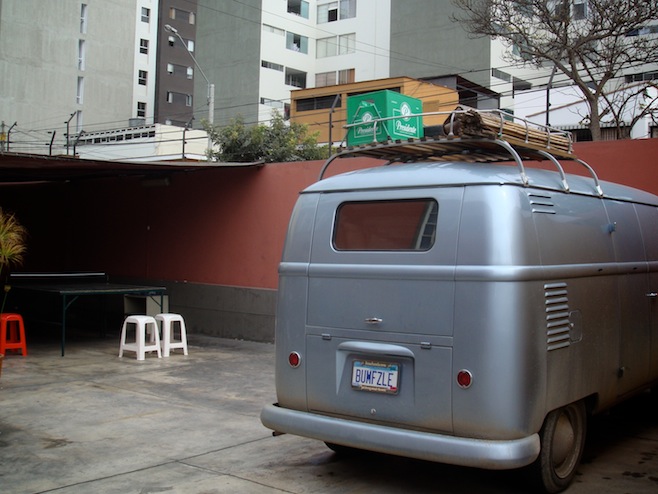
Along the way today I just about blew my lid when I stepped out of the bus to get gas, took a look down at my tires and spotted brake fluid sprayed all over the left rear. The same wheel cylinder had failed again. I don’t have the slightest clue what might be causing this to happen so regularly, and always on the same wheel. So now it looks like we’ll be trying to track down a spare while we’re here. Good thing is we’ve already spotted dozens of buses and at least one splittie. So there might just be hope.
Gas prices are weird here in Peru. Everywhere else in the world gas stations that are right across the street from each other have pretty much the same prices. But here in Peru if you aren’t paying attention you can end up in a station that is charging close to a dollar more per gallon than everyone else. We’ve seen prices range from 7.80 soles to 10.40 soles in the space of just a block or two.
Tolls have been great here. We’ve passed through maybe ten tollbooths so far but have only paid once. Seems that they are only charging north-bound traffic. It’s a small thing, and may have only saved us five or ten bucks, but it makes us happy anyway.
february 9 2009 : lima
Lima has been a nice spot to take a break for a couple of days. Our first day here we had ourselves a full on gringo holiday, eating at Macca’s and going out to see a movie. We also walked around the Miraflores neighborhood we were staying in. The beach was just a few blocks away from our place. The road ended hundreds of feet up on a cliff above the beach. From that vantage point we could see more surfers than we’d seen in our lives to this point. The surf didn’t look particularly good, and full wetsuits didn’t look too appealing, but they were still out in force. The beach itself was a black pebbly affair that was roughly ten feet wide from the edge of the parking lot to the breaking waves. Overall this didn’t rank real high on the best beaches list. Anyway, it was a nice neighborhood, sort of an upper-middle class type area with plenty of shopping and restaurants to keep a person entertained.
The hostel we stayed at was great during the day, totally quiet with nobody around. But at night, the twenty-year-old backpackers returned from the clubs to play ping-pong until three in the morning. We were just camping in the parking lot, but still, I think we may have just become too old for these types of places.
Today we hit central Lima. On the way (Lima is huge, it was five miles from our neighborhood to the central) we had our taxi drop us off in the auto repair district. One long street lined with hundreds of small shops, sidewalk repairmen, and a smattering of larger facilities. We got out of the cab and walked right up to the first greasy counter, got out our pre-translated script, and told the guy what we needed. After a couple of minutes of hand gesturing back and forth he told me the price. I said sure and then watched as he ran down the street. Half an hour later he came running back with our 1958 VW bus wheel cylinder in his hand. I don’t think we could have stumped the guys around here with any part request. You could piece together pretty much any car in the world along this six blocks of road.
In Central the place to see is the Plaza de Armas. The President’s residence is there along with, what else, a big ol’ cathedral. We did a quick circuit of the cathedral and then walked across the park to the President’s house to watch the changing of the guard. Wow, was that ever a production. For forty-five minutes the one hundred member marching band played, stomped around, and waved flags while dozens of police lined the street blocking traffic in all directions. And they do this daily. Hundreds of people did stop to watch and everybody seemed to enjoy it. For many Peruvians you could tell it was a matter of pride to have their picture taken there.
From there we walked the streets checking out a few old colonial buildings, mansions, and hotels. At the oldest hotel we went into the bar to try out the Pisco Sour. Pisco is a sort of grape brandy, and the sour is lime juice and sugar, then add some egg white for frothiness. It wasn’t bad, tasting a lot like a margarita of all things. The only disappointment was the bar itself. Inside the cities oldest hotel was a bar straight out of the eighties. Formica, pleather, and navy corduroy. Awful. One drink and we had to go.
Right across the street was another big plaza, this one with a statue in the middle that I found pretty amusing. The statue is of Madre Patria, the symbolic mother of Peru, and when it was commissioned the artist was told to give her a crown of flames. However the word for flame is llama, just like the animal. So here on the good lady’s head sits a tiny little llama with giant flames shooting out next to it. My favorite part is that they simply left the llama on there. That takes a good sense of humor.
Overall Lima was alright, but for some reason we weren’t all that drawn to it. I didn’t think it felt very lived in, despite the crowds of people. Ali couldn’t put her finger on it but thought it had more to do with the gray skies and smog blackened buildings. So it was okay for a couple of days but that feels like enough.
february 10 2009 : jauja, perú
Early this morning the bus was jacked up and I was under it changing out our wheel cylinder again. I didn’t have any problem and it seemed to be working when we hit the road. Somehow we made it out of Lima without making any major wrong turns, though it did take us well over two hours to reach the outskirts of the city and escape the traffic.
Unfortunately the wheel cylinder fix didn’t work. I really have no idea what the problem is. It’s a pretty basic system, and looking at it there doesn’t seem to be anything obviously wrong, so at the moment I’m out of ideas and we’re slowly leaking brake fluid all over our wheel.
We barely realized we were climbing in elevation today because of the smooth road, but when we reached the top of the pass a sign announced that we’d reached 16,000 feet, the highest we’d ever been outside of an airplane. The road dropped back down slowly to the small mountain village of Jauja. Here in Peru people haven’t been giving us a second glance, but here in Jauja they seemed a little surprised to see us. We found a quaint hotel where the owner was equally surprised, telling us that he usually only gets Germans.
On the drive today we encountered a lot of police. At one stop the cop insisted on calling in our passports and then checking out our motor number, the same number that I personally stamped on back in Panama. He couldn’t read it so he got out his tools and scraped at it with a wire brush. By the time he was done the number had completely disappeared, but that didn’t phase him and he waved us on. A few miles later I passed a truck that was struggling along at five miles an hour through a small town. This was a big infraction apparently. The cop took me back to his car, showed me a big stack of infracciones and made it clear that I should get one. I was sure this was about to become a big hassle, but then he suddenly smiled, shook my hand, and waved us along. He just wanted to be sure that I wouldn’t do it again.
When we spotted another cop a mile later we both just sighed. But this one didn’t notice us until the last second. He raised his baton and waved us over, but we decided we’d had enough cops by now, nice or not, and drove right past with one eye on the rearview mirrors. There was no pursuit.
february 11 2009 : ayacucho, perú
If every drive were like today’s I would drive around for the rest of my life. I would rank this as our best drive ever. Ali has it pretty high up there, but the drive was somewhat different for her as most of the day she spent hovering inches from the edge of a cliff that plunged straight down into a rushing muddy river. White knuckle at its best.
For a hundred miles we drove along a surprisingly well maintained dirt road just one lane wide following the curves of the river below. The drivers side was pressed against a cliff making every turn a blind one. We only had one really close call with oncoming traffic though as a speeding dump truck forced us nearly off the road. This was the most fun driving the bus that I’ve had anywhere.
The scenery was awesome too. I couldn’t do it justice, so hopefully the pictures will show the true range of colors and landscapes that we encountered along the way today.
february 12 2009 : ayacucho
Touring Ayacucho there wasn’t a whole lot to see aside from churches. They fame themselves for having thirty-three of them (which has some religious connotation), although the true count is actually much higher. We had a nice long walk around town but at 12:30, when we were passing by a drinking den, we couldn’t help ourselves. There didn’t seem to be much drinking around town, but inside this hole in the wall the party appeared to have been going on non-stop for years. The hardcore were already falling asleep on the tables, while those with a job seemed to duck in and out much more quickly.
The real amusement came from watching them drink though. Beer was served with a short glass and a dirty plastic bucket. Because of the 10,000 foot altitude the beer foams up uncontrollably when it is poured. This results in half a glass of beer and half a glass of foam. If you wait one minute, obviously, the foam turns to beer. But here in the drinking den this is too long to wait, so they pour the beer, quickly swipe the foam into the bucket or on the floor, and then slam the remaining beer. It seems like a terrible waste to me, but when getting drunk in a hurry is the main goal you do what you have to do.
february 13 2009 : pisco, perú
When we woke up this morning the plan was to set off across the mountains towards Cuzco. We’d read that this was a twenty hour bus ride along rough mud roads. If a bus takes twenty hours we were looking at thirty. This to cover about three hundred miles.
We’d resigned ourselves to that, but when we walked outside we found the rain coming down in sheets and the town’s roads nothing but rushing rivers. We thought it over and decided that if it was this bad here that the off-road track would be terrible. We decided instead to detour all the way back to the coast and then back again, staying on the paved roads for a change. This turned out to be a very wise decision.
A few hours into our drive, way up in the mountains, we heard a low growling sound coming from the bus. I assumed that it was a wheel bearing and pressed on. A bit later the growl suddenly intensified and as I went to pull over a rough clunking noise rolled us to the shoulder. After a bit of investigating we found the problem. What we had been thinking was a wheel cylinder/brake fluid leak was actually a tranny oil/reduction box leak. This was much worse.
The gear box was full of metal shavings by this point and the axle had worked way loose making the wheel spin around in more of an oval pattern than a circle. The seals were shot and the box wouldn’t hold any oil so I packed it full of grease, and with no other options, we continued down the road at twenty miles an hour. It took a few hours, and a few police checkpoints, but we eventually made it to within five miles of Pisco, the only town of any size in the area. This is where we ran out of gas. Some days nothing goes right. We did have a spare gallon which got us to a hotel where the grand hope at this point is that I’ll somehow be able to tear this whole thing apart with my limited supply of tools and then we’ll be able to take a bus to Lima for the necessary parts. This is all extremely wishful thinking, but we’re in Peru with our VW bus so I guess it’s going to have to work out one way or another.
february 15 2009 : pisco
For Valentine’s Day I spoiled Ali with buckets of grease and black fingernails. Things are falling into place though. We got the gear box half torn apart before running into a problem removing a bearing. After bending most of my screwdrivers we gave up on it, showed a mototaxi driver the problem and set off to find a gear puller. Nobody had one, but one burly mechanic seemed to think we were silly for wanting one. He grabbed his assistant, a hammer, a chisel, and hopped on his motorcycle.
Sitting on the ground next to the bus they had a look at the gear box and then asked us what year the bus was. “Cincuenta y ocho,” we told them. Then there was a long pause before they simultaneously nodded their heads and repeated, “Cincuenta y ocho.” Within minutes they had the thing pounded off, along with all the rest of the gears. They gave us some suggestions as far as parts and getting everything cleaned up, and then we showed them around the bus. The helper about fell over. He thought it was the greatest thing he’d ever seen. He laughed and laughed as he mimicked us sleeping in the back.
Bum friends have chipped in too, and it sounds as if we’ll have the necessary replacements in Lima. Apparently a local VW parts supplier is going to pick us up at our hotel tomorrow and we’re going off to track them down. I say apparently because we haven’t actually spoken with him ourselves. A friend gave us his number but told us he didn’t speak English. So we walked down the street to a little shack selling tours of a nearby island. We were sure we’d find a good bilingual speaker here to help us make arrangements. Sure enough a nice lady hopped on the phone for us, communicated our needs, and got instructions for us to call Monday morning to have the VW parts guy come pick us up. This actually took two calls and about an hour to accomplish, but at the end of it, when we offered her a few soles, she just laughed and said no, it was her pleasure. We met nothing but great people today.
Reduction Gear Box Fix Day 1 Costs: mototaxis $2.20, mechanic help $3.80, gasoline for clean-up $5, phone calls $1.42, beers and pisco sours at the end of the day $10.80
february 16 2009 : lima, perú
Sunday we spent in bed and then on the bus. Nothing gets done on Sunday. We arrived in Lima, checked into a hotel, wandered around the same areas of old town we’d visited the week earlier, and went to bed. This morning at eight sharp we made the call to our friend of a friend. After exchanging pleasantries and the address of our hotel he said, “I go.” Two hours later he walked up. A bit tardier than we’d anticipated, even for this part of the world, we grabbed a cab and made our way to the VW district.
Just like in Bogota, Lima has got a VW only road. La Victoria was about five blocks of VW beetles, grease covered mechanics on the street, and twelve foot wide after twelve foot wide shop. At our first shop we found what we came for. The guys here had no problem coming up with our bearings, seals, and gaskets. The gears they promised us that they had, but there was a problem because apparently the only guy who could get to them was at the beach and wouldn’t be around until tomorrow.
We walked the street, stopping in at about eight more shops to see if anybody else had them and finally one guy said no problem. He took off with our 25 tooth axle and returned an hour later with a 24 tooth axle. Awfully close, but no cigar. However this did make me extremely nervous about just what the other guys had at the mysteriously locked up shop. They assured us over and over again that they had the 25 tooth gear and would have it for us first thing in the morning. So, with nothing left to be done we said goodbye. Now we’re just holding our breath for tomorrow morning. At nine-thirty we should have our parts.
february 17 2009 : pisco, perú
To be honest, we knew full well that there was no way we’d show up at the shop this morning at nine-thirty and find our parts waiting for us. But it’s always better to make a presence. So after saying good-morning we took a seat on the curb across the street in the shade. The guys wouldn’t have that though. They insisted that we come back across to their side of the street, sit on a couple of chairs they brought out underneath the one tree, and let their security guard keep a close eye on us and our duffle bag. It was funny how for two days they all fawned over Ali’s comfort, trying to keep her in the shade and always moving stools around for her to sit on. The security thing was big for them too. They were constantly worried for our safety, though as usual we felt one hundred percent secure and met nothing but nice people.
Around noon the boss came walking down the street with the axle in his hand. He quickly counted out the twenty-five teeth for us, smiling widely and obviously quite proud of himself. It looked great, but we asked where the other 18 tooth gear was. Oh…and off went his helper running down the street. And finally, just an hour later we had it all in our hands. Replacement gears and all the little bits and pieces we should need to complete the repair.
We made our way back to the bus station and four hours later returned to the hotel and the bus. As always we were happy to see that no windows were missing, but as Ali walked past she stopped in her tracks. On one of the cargo doors were three big dings and missing chips of paint. It looked much like the front of the bus does now, with all of its rock dings. That was a little disappointing, especially being in a place that we’ll see every time we open the door to get in the back of the bus, but what are you going to do? We did show the hotel manager but she professed not to have any idea what could have happened. Really about all we could hope for anyway would be to get an extra bread roll at breakfast in the morning.
Reduction Gear Box Fix Days 2-4 Costs: bus to/from Lima $20, taxis $16, VW parts/oil $196
february 18 2009 : pisco
Total bust today. We started out happy enough, ready to rip out the last two bearings and install our new goods. However those two bearings were having none of it. My paltry tool supply did nothing whatsoever, so we eventually called our friendly mechanic Miguel from the other day. He came right over. He and his helper had the bottom bearing out in no time, but the top bearing, with the axle sticking out through it was not budging even a little bit. They banged and banged until Ali couldn’t take the abuse on the bus any longer and we had to tell them to call it quits. They didn’t charge us a dime, but walked away a little dejected at having failed to get that bearing off.
I then got on a bus to Chincha, the next biggest town up the road, where I found a mediocre gear puller that I thought might work with a little adjusting. I took it to a nearby mechanic with a grinder and had him grind it until it would fit inside the bearing. A couple of hours later we gave the contraption a try and the hardened steel promptly bent, confirming that the entire day had been a waste of time.
We tried a few more things, including having a mototaxi driver take us to every store in Pisco with even a chance of having a bearing puller. By the end of it we’d only found one guy who even had a clue what it was we really needed, and he told us we might have a chance in Lima. Overall a pretty disappointing day.
Reduction Gear Box Fix Day 5 Costs: taxis $7.90, bus $1.90, tools/grinder $25.40
VW Camper and Commercial Article number two is out on the newsstands. Read our article now and then go out and buy a copy of the magazine.
february 19 2009 : pisco
Nothing seems to be working the past couple of days. We weighed a couple of options this morning. One was to buy bigger tools and continue to beat on the bearing. Two was to get a welder out and try to come up with some sort of puller contraption. And three was to go to Lima and buy a proper bearing puller.
We decided that we aren’t in a huge hurry so we may as well get the right tool and do it right. At 7:30 we got on the bus for Lima. In town we went straight to the ferreteria, hardware store, that we had purchased a couple of other tools from the other day. They had a bunch of gear pullers, like everybody else, but no bearing puller. The guy working there really tried to help us out though, pulling pics of what we were looking for off of the internet and emailing them to other stores. After talking to a few of them he determined that nobody would have one. He gave us the name of one upscale tool fabrication type place on the other side of town and said it might be our only chance.
Once there we were given the name of another place nearby. And from there we were given another. We were now in the ball bearing neighborhood as hard as that is to believe. They really do have such a thing. For a few blocks there was no business but ball bearing business. On our way from one recommendation to another we stopped in at half a dozen smaller shops without luck. The next big place was a distributor for SKF bearings which is exactly the kind I’ve been carrying around for a few days now. They had a picture of what we needed, but not the actual puller. They pointed us to the SKF manufacturing plant itself, and it was there that we finally found our bearing puller. And for just $760 we could have walked right out of the place with it in our hands.
This was quite possibly the most technologically advanced bearing puller on the planet. It was also the coolest tool I’d ever seen. But it did exactly one thing, pull bearings. At $760 it would have been the most expensive thing we currently own besides our vehicles. We walked out empty handed, but not before asking hopefully, “Se Renta?” Big surprise, they weren’t lending the thing out.
We made our way back across town to the VW shop neighborhood where we talked to a few more mechanics. Everybody was nice and really tried to solve our problem for us, but there was nothing to be done. We loaded back onto the bus, and twelve hours after we left, we returned to the hotel empty handed.
Reduction Gear Box Fix Day 6 Costs: bus to/from Lima $21.58, taxis $13.65
february 20 2009 : pisco
We just knew it was only a matter of time before things started clicking. First thing this morning we got to work on the bus again. I reassembled one part that I had taken apart without really knowing why, and all night I was concerned that there was no way it would go back together as easily as I had undone it. However, with a bit of WD-40 we were back together again in no time. Then it was on to the real issue at hand, getting that three day-old destroyed bearing out of the gear box housing.
While Ali kept an eye on the plethora of tools scattered around the bus I took off in a mototaxi on a mission to track down a welder with a portable system. On our third stop we found a guy who jumped in with us and came to visit the bus. After determining that we may indeed have a nearby power supply with enough amps (the power goes down in Pisco for roughly six random hours per day) we went back to the shop, grabbed the welder and another worker and returned full of hope.
After thirty terrifying minutes, with sparks flying and melted metal dripping, we hit upon the solution of just welding our crappy twelve dollar gear puller directly to the bearing. And soon, like magic, it began to slip out. We were so ecstatic that we didn’t even mind paying the guys exorbitant fees. I mean of course the guy’s fee is going to double when he sees us jumping up and down and acting all giddy.
The rest of the afternoon was spent putting the new parts back in and working on a few other things around the bus. We hit a snag at one point when trying to press on a new bearing. We needed a special tool to get the job done. So off I went on another mototaxi run. I couldn’t find the part we needed at any of the stores but in the market I found an old plumbing tube that with a little fabricating could double as the part I was looking for. A nearby shop was able to quickly do the cutting and grinding necessary for that one.
Towards the end of the day I had to make one last excursion around town for some oil and to have a bolt cut in half. The first shop I stopped at didn’t have a saw, but a random old guy on the street overheard me and motioned for me to follow him across the street. There we walked into a cabinet making shop where the guys were all too happy to do the job for me. By this point in the day I was covered from head to toe in dirt and grease and these guys had absolutely no idea what to make of me. They laughed and laughed as they found out I was from the U.S. and was in Pisco trying to fix my car. To them this was the most amazingly funny thing that a gringo could be here for.
Anyway, by the end of the day today we were in a much better mood than the previous couple of days. Some days nothing seems to go right, and some days it seems we can do no wrong. Meanwhile every person who has come into contact with us during this project, and there have been dozens by this point, has been fantastic and gone out of their way to help us out. The mototaxi drivers especially take the job of zipping us around town on searches for welders, fabricators, oil, bearings, nuts, and bolts, very seriously. It’s obvious nobody wants to let us down.
Reduction Gear Box Fix Day 7 Costs: mototaxis $8.10, welder $38, tools $6.35
february 21 2009 : pisco
The finishing touches went on the bus today. We completed the assembly of the gear box and while doing so also figured out that our parking brake cable has been routed incorrectly all along, explaining why we’ve never had a functioning parking brake. No more sticking the bus in gear and hoping it doesn’t roll away on us.
Today’s project only included one run to a fabricador to have our new axle nut ground down to the proper size. It was a busy little yard chock full of mototaxis being welded, cut, and generally repaired from the town’s horrendous roads.
After one final meal at the El Dorado, the only non-chicken restaurant in town, we feel like we’re ready to hit the road first thing in the morning. We’ll be checking the gear box for leaks throughout the day and if there are any I will probably just launch myself off the nearest mountain cliff.
It’s been a long week, but that just seems to be the way it goes with something like this. About the only thing we would have done differently is to have a welder out on Wednesday to help us get the bearings off. That cost us two wasted days, but aside from that the days just sort of disappeared on us as we went about the business of repairing the gear box.
Friday: Break down
Saturday: Tear gear box apart
Sunday: Bus to Lima
Monday: Track down parts
Tuesday: Parts, bus back to Pisco
Wednesday: Attempt to remove final two bearings
Thursday: 12-hour round-trip to Lima to try to find bearing puller, no luck
Friday: Welder gets bearings out, begin assembling
Saturday: Complete assembly
Reduction Gear Box Fix Day 8 Costs: mototaxis $2, grind axle nut $4.76, tranny oil $19
Grand Total: $404
At six tonight we filled up the transmission fluid, thus putting the final touch on the gear box. Filling the tranny fluid on this bus is a project in itself. The fill hole is so inaccessible that the only way we could come up with for filling it was to run an eight foot section of hose under the bus. I then held it in the hole while Ali filled the hose from the outside and blew the oil through. I think a passing Peruvian lady even felt pity for my poor wife standing there covered in grease and grime like she was.
february 22 2009 : nazca, perú (265 nights in the bus : 42,760 miles)
Finally back on the road and we had a great day. Obviously we checked on our gear box throughout the day, but not one drop of oil found its way out. The drive to Nazca was an easy straight hundred and fifty mile shot down the Pan-American highway. Nazca is famous for the Nazca Lines. The lines were made on the desert floor simply by flipping over stones and piling them up on the sides of the lines; they stretch all over the place in perfect geometrical figures, animals, arrows, and the like. Some of them are so large that scientists are still baffled by how they could possibly have made them so perfect. The big way to see these is to fly over them, but we weren’t really in a small plane flying mood, so we took the easy way out and climbed up the lookout tower along the highway. Obviously the three figures located next to the highway aren’t the most impressive of the lines, but it still gave us an idea of what they were talking about. The most impressive thing to us is that the lines are even still around. Looking at them it seems as if one good rain would wash them away completely. Thus the desert landscape I guess.
Just down the road from Nazca we went off-road to check out another Inca tourist site. This one was a burial ground/cemetery, again out in the middle of the desert, with bones scattered everywhere. Grave robbers long ago dug these things up, took what they wanted and left the bones right there on the ground. We were the only people there so instead of following the marked trail around the set up graves we wandered out in the desert a bit until we stumbled across the bones. There were so many you had to watch where you were walking to find a bare section of dirt for your feet. Pretty gruesome stuff. Ali touched a skull and is now worried that it will give here the same kind of bad mojo that the Brady Bunch clan got from the Hawaiian idol. But then we went into town and she ate pizza without washing her hands. Yeah, I know.
Best part of Nazca for us was that we found a hotel with a dedicated grassy camping area for the bus. After more than a week cooped up in hotel rooms it felt good to sleep in our own bed again.
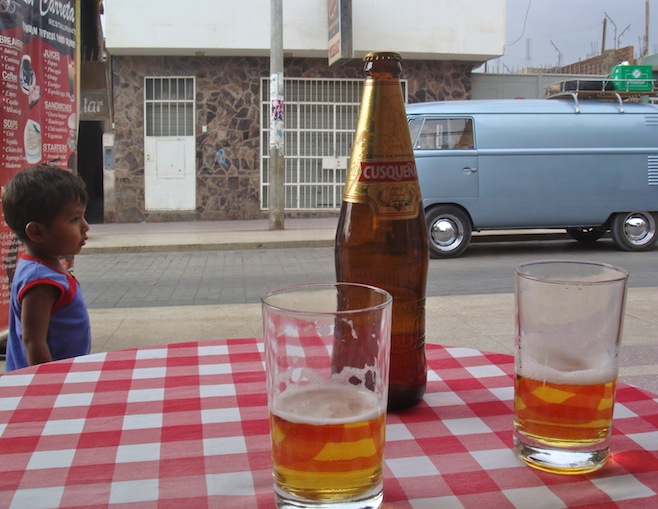
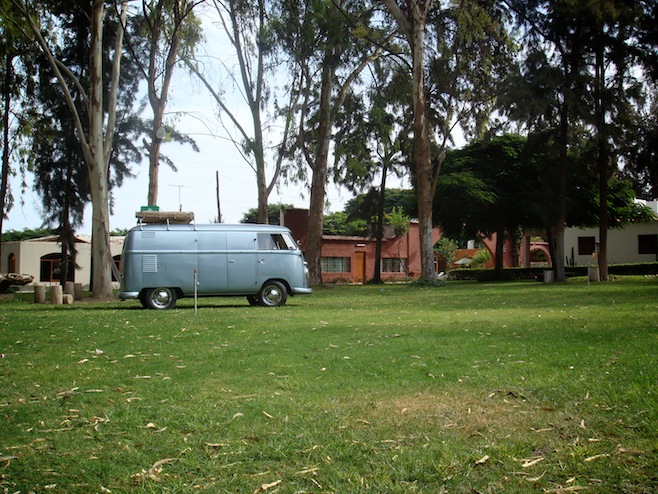
february 24 2009 : cusco, perú
Yesterday it hit us just how fortunate we are to be born where we are. The old women of Peru have struck that point home for us. Man, what a hard life these ladies live. Today it was pouring rain all day long. Yet fourteen thousand feet up these women trudge through it, soaked to the bone, carrying huge loads of firewood on their back, holding the hand of a three-year-old grandson with one hand, and cracking a swatch at her two donkeys and twenty sheep with the other. All of this while climbing a muddy hillside just like they’ve been doing for every single day of their seventy year life. Sometimes we feel like we’ve worked a hard day, but at least we were being paid a lot of money to do so. These ladies do it every day out of necessity, just to keep their families alive, fed, and warm. It’s a brutal life.
The road from Nazca went from desert, to desert mountain, to green mountain, to what felt like frigid Arctic in the space of about fifty miles. Right about the time we hit 12,000 feet it started to rain and then quickly turned to snow. Yes, it is summer here in the southern hemisphere, but at these altitudes it makes no difference. It snowed so much so quickly that Ali became quite worried. She worries about my driving enough as it is, but throw a couple of inches of the white stuff on the ground and all hell breaks loose. Fortunately as soon as we crested the summit the snow reverted to rain again so that it could begin flowing through our safari windows in torrents once again.
It was a long slow drive, so when darkness started creeping in and we were still two hours from what we thought was the nearest town we started to get a little nervous. Then out of nowhere a town two blocks long appeared with a little hotel complete with a courtyard parking lot. We accepted the gift and the ten dollar room without question.
For dinner we went next door to, what else, the pollería. Chicken, you can never have too much chicken. Ali mixed things up by ordering some kind of chicken soup instead of the standard quarter chicken and fries. What this meant was that I had finished my meal completely before hers was even served. This is something we get a lot of here in South America and that we can never quite figure out. You go to a restaurant together, isn’t it sort of assumed you might want to eat together? And we thought the two went hand in hand.
This morning we were on the road early, determined to finally reach Cusco. About two weeks ago we thought we were just one day away, but our route and our bus changed all of that. Nice thing about driving up in the mountains of Peru is that you have the road pretty much to yourself. Almost nobody drives and there aren’t even that many buses. Today the only thing we shared the road with were hundreds of cows (who seem to have the run of the roads in the mornings), donkeys, sheep, pigs, and typically, hundreds of dogs. Something strange about the Peruvian mutts is that almost all of them like to chase us. As we approach them they crouch down in the grass and then come roaring out at us. If I ever do lose control and crash this bus there is no doubt it will be because of a dog.
The other obstacle on the road today were the kids and the squirt guns. Carnaval time is approaching and for the past couple of weeks we’ve seen more and more kids with super soakers, water balloons, and even just pails of water. They douse each other any chance they get, and don’t hesitate for a second to try and drench anybody else who happens by. Along the way today most of the kids had heavy duty home-made super soakers constructed of three foot steel tubes and some sort of plunger device. Ingenious actually and very effective. We spent the entire drive with our windows closed.
About two weeks ago we decided on a whim to check Google for camping in Cusco. It’s a big city and an obvious tourist draw but we didn’t expect to find anything. So we were pleasantly surprised to find a website devoted to providing camping to overland travelers just a five minute walk from the heart of the city. And that’s where we ended up, along with two German tanks.
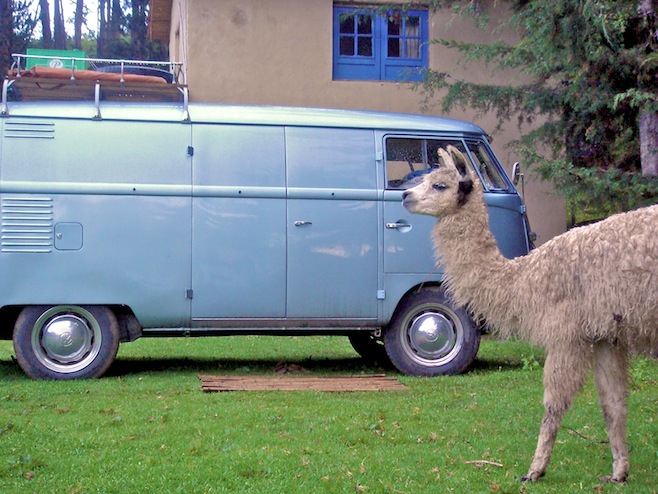
Germans are heavy duty overland travelers and they’ve pretty much got South America cornered. Ali and I have seen a lot of them in the past couple of weeks and always get a good chuckle out of them as well. Not to be mean about it, because we give props to anybody who’s out traveling about, but the Germans travel in the most ridiculously overbuilt, and home built, contraptions we’ve ever seen. Generally their vehicles started out life as some sort of military vehicle. They then transform them into the Fort Knox of recreation vehicles. Roll-up metal window coverings are de rigueur. Those are then covered by locking steel bars. The doors themselves carry at least three impenetrable locks, and anything strapped to the vehicle is buckled and strapped down so tightly it would take Harry Houdini to get it undone. They also travel in pairs and seem to be in communication with every other German overlander on the continent. To be honest, if I were Peru I’d be more than a little concerned that they were planning an invasion.
february 28 2009 : cusco
It’s been a busy couple of days. After spending another day in Cusco just sort of strolling the streets we left for Machu Picchu. This isn’t as easy as it sounds. Machu Picchu was not built where it is for its ease of access, and even today, with some help from the government and the tourist industry, they’ve managed to keep it from being easy (and thus cheap) to get to.
The town of Aguas Calientes is located at the bottom of the mountain valley that MP stands atop, and is only accessible by train, or by about a four day hike. The Inca Trail hike is closed in February because of the rainy season, but even if it wasn’t there is no way Ali and I would be hiking for four days, much less four hours, so that left us with the train option.
We saved ourselves a little money by taking a bus from Cusco to Ollantaytambo, a small town that is the best remaining example of an Inca city, with narrow cobblestone streets running between rock walls that enclosed little “neighborhoods.” It was a really tiny town but was a nice place to hang out for the day. We spent most of our time just sitting on a bench in the main plaza along with about everybody else. Going back to how hard the old ladies here have to work to make a living, I had to wake one of them up to buy some bread from her. I’ve done this a lot. These ladies sit on the sidewalks selling their wares from sunrise to well after sundown. It’s always a nice feeling to give them a sale, no matter how tiny it might be.
From Ollantaytambo we caught the train to Aguas Calientes at 5 a.m. The train ride wasn’t the most spectacular we’ve seen, but it wasn’t a bad way to spend the morning either. Ninety minutes later we arrived in the small, exceedingly unimpressive town of Aguas. We then had to wander through town to find the Machu Picchu ticket office, something they make those of us not on an organized tour do, and then loaded onto a bus for the four mile ride up the mountain.
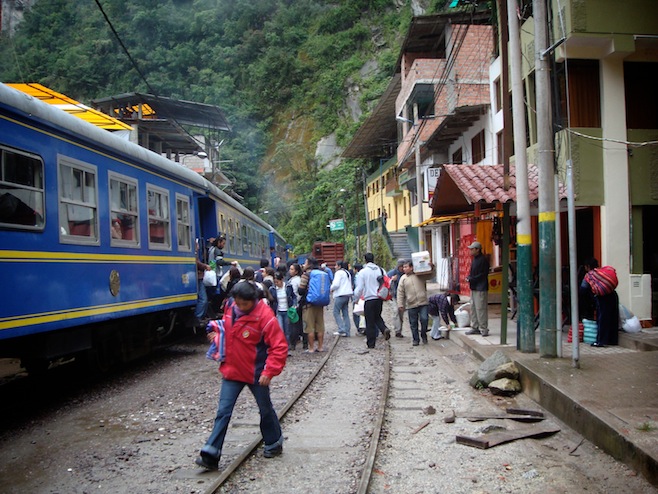
Walking through the café and then over a hill we finally caught our first glimpse of Machu Picchu, and it was pretty spectacular. We were fully expecting that this tourist mecca would underwhelm us, if not the site itself then at least the hordes of tour groups. Fortunately this didn’t happen. The site was gorgeous, set atop a mountain with sheer drops on all sides and more mountains seemingly just a stone’s throw away towering even higher. Mist shrouded the entire scene, making it even more gorgeous. And the tourist hordes that we’d feared didn’t really pan out either. The fact that this is the height of the rainy season really slowed things down. In fact, most of the time there didn’t appear to be more than a few people around.
I won’t go into a big history lesson on Machu Picchu, especially since nobody can really seem to agree on what the purpose of the place was. Whatever it was though, it remains to this day a truly amazing place. The buildings, aside from the wood and thatch roofs that would have covered them, stand straight and true. Their craftsmanship standing up to the elements up here for hundreds of years.
Ali and I spent a few hours just walking around the site, sitting in different spots with the grazing alpacas, and watching the clouds and mist roll through, clearing up for a few minutes and then closing in again. It really was a beautiful place and well worth the effort and expense of getting there. Total cost to visit: $300 bucks.
From there we made our way back to town, ate one of the worst meals of our entire trip, and then boarded the train back to Cusco. An uncomfortable four and a half hours later we rolled into town, grabbed a cab back to the bus and then crashed into bed at the end of a very enjoyable but long day.

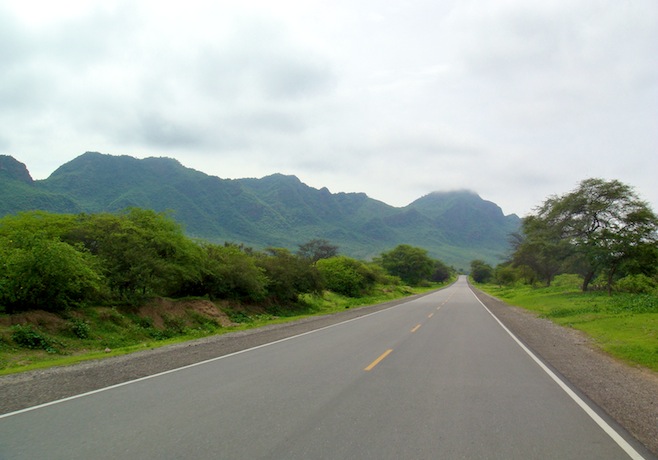
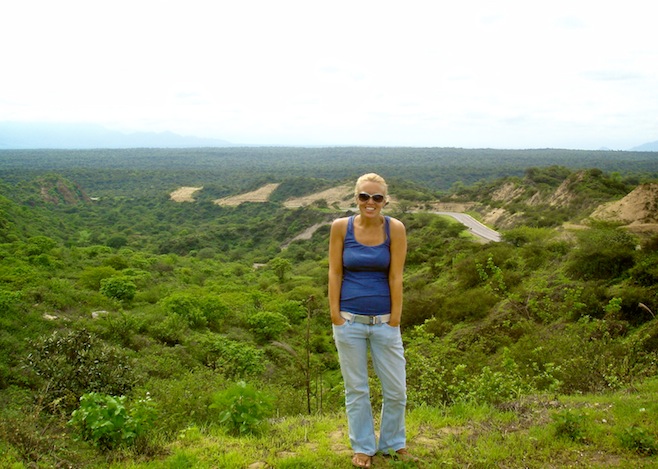
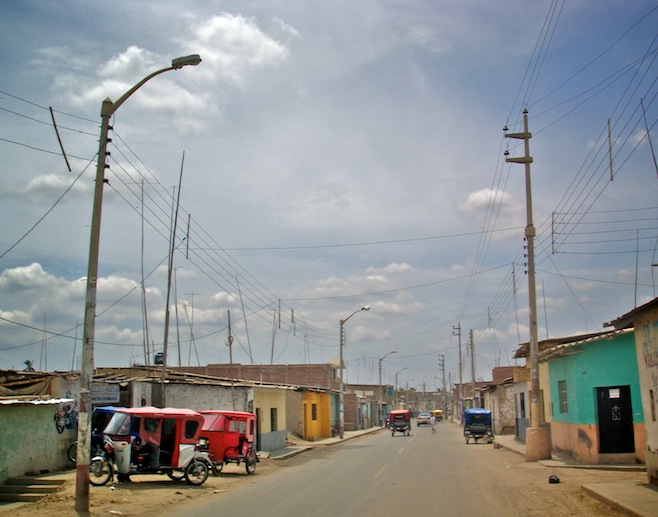
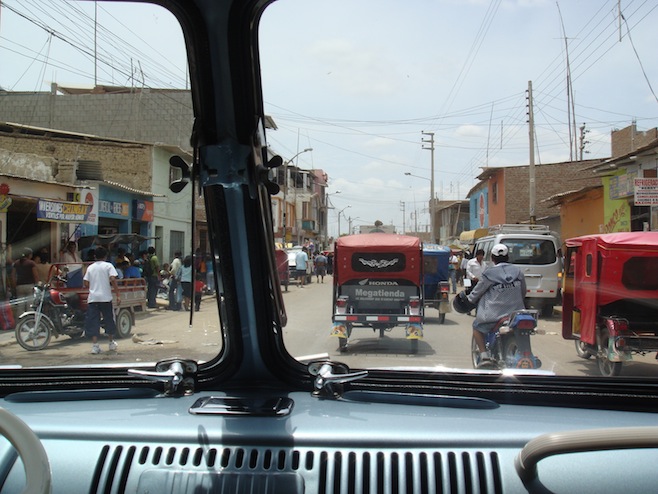
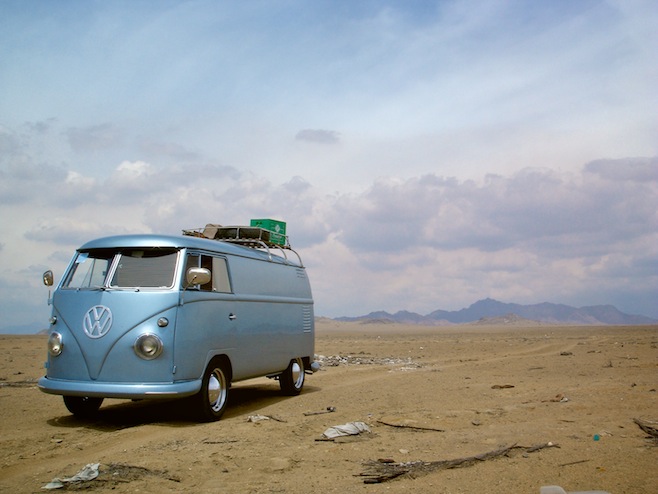
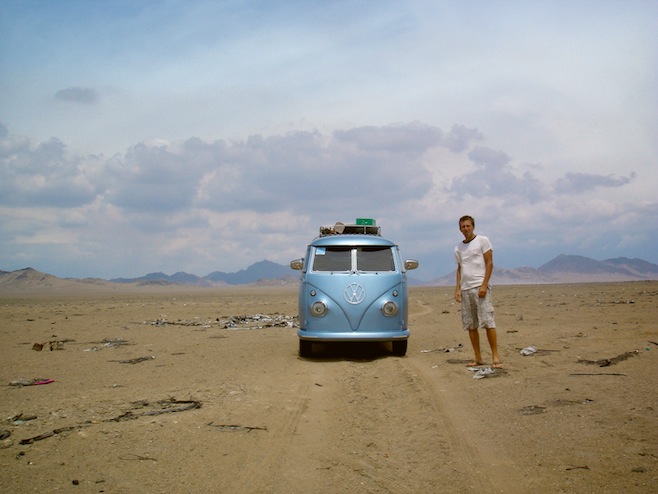
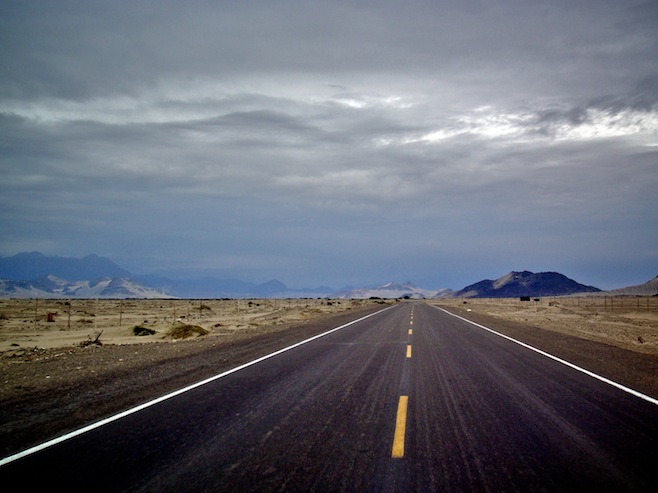
.jpg)
.jpg)
.jpg)
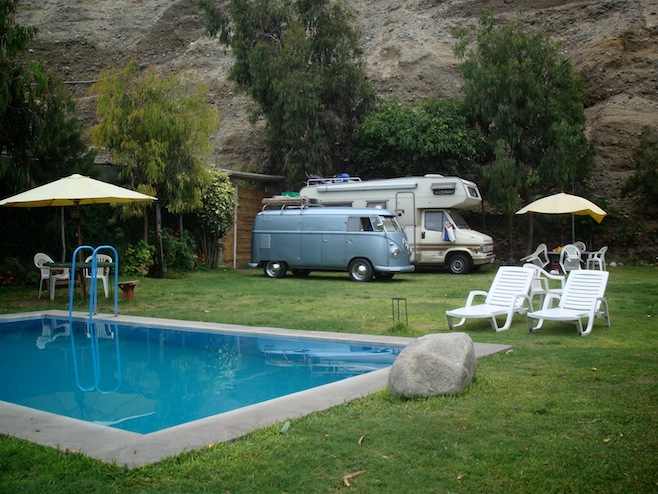
.jpg)
.jpg)
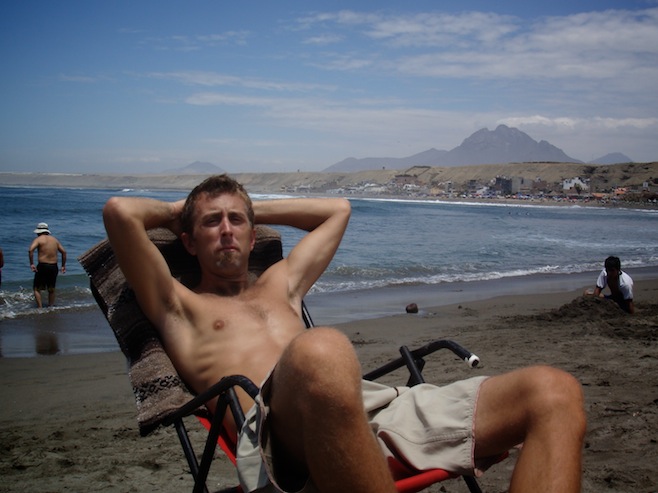
.jpg)
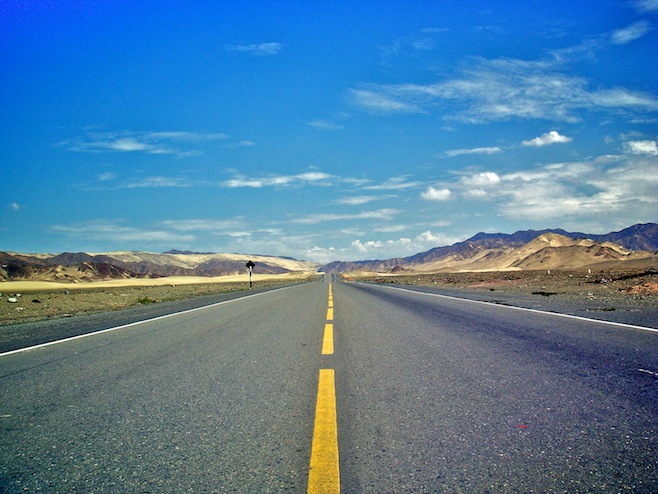
.jpg)
.jpg)
.jpg)
.jpg)
.jpg)
.jpg)
.jpg)
.jpg)
.jpg)
.jpg)
.jpg)
.jpg)
.jpg)
.jpg)
.jpg)
.jpg)
.jpg)
.jpg)
.jpg)
.jpg)
.jpg)
.jpg)
.jpg)
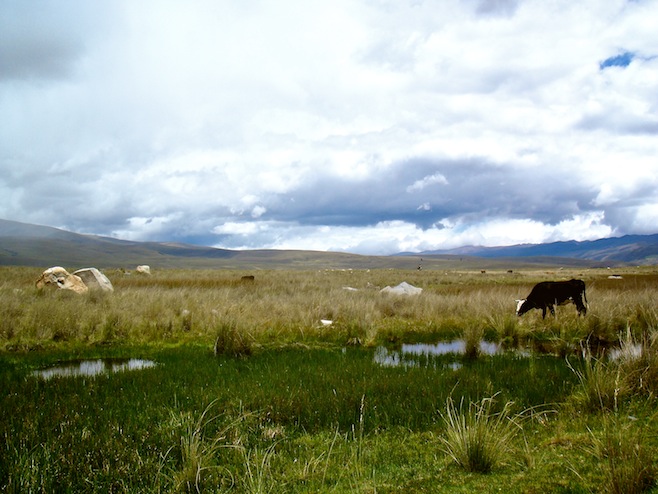
.jpg)
.jpg)
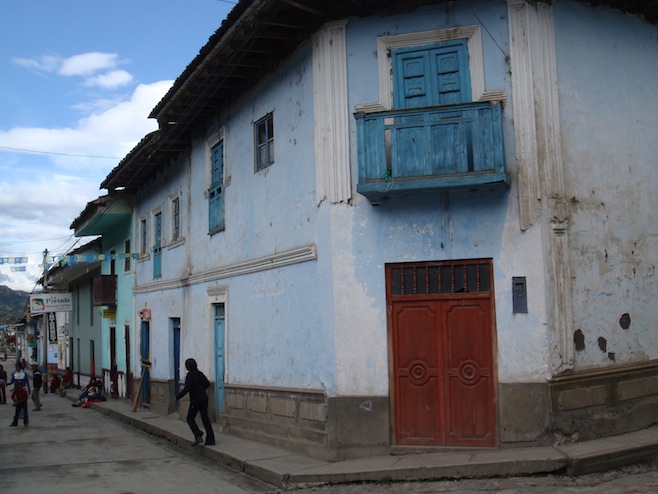
.jpg)
.jpg)
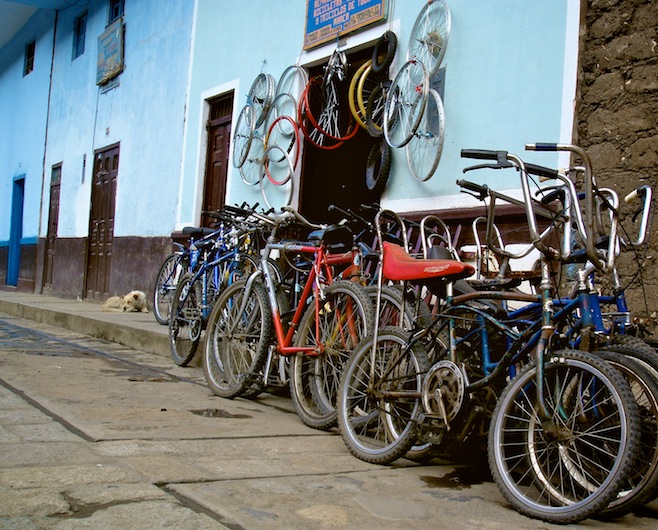
.jpg)
.jpg)
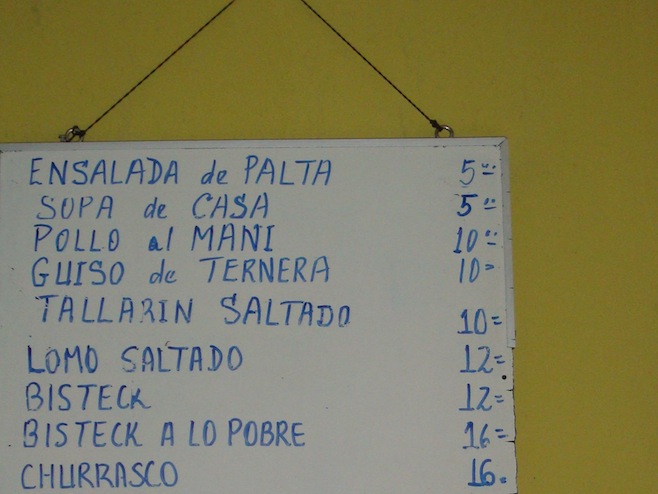
.jpg)
.jpg)
.jpg)
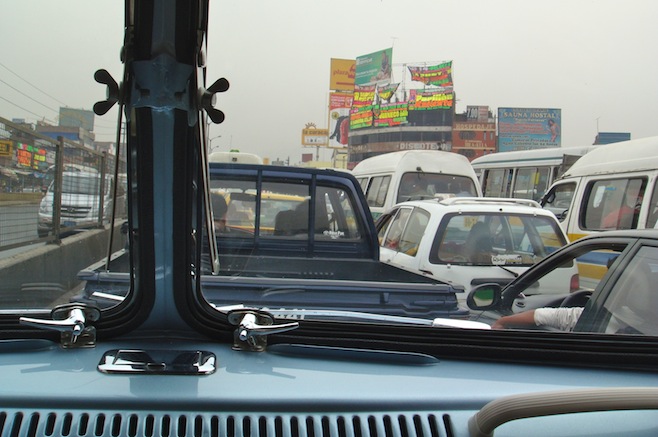
.jpg)
.jpg)
.jpg)
.jpg)
.jpg)
.jpg)
.jpg)
.jpg)
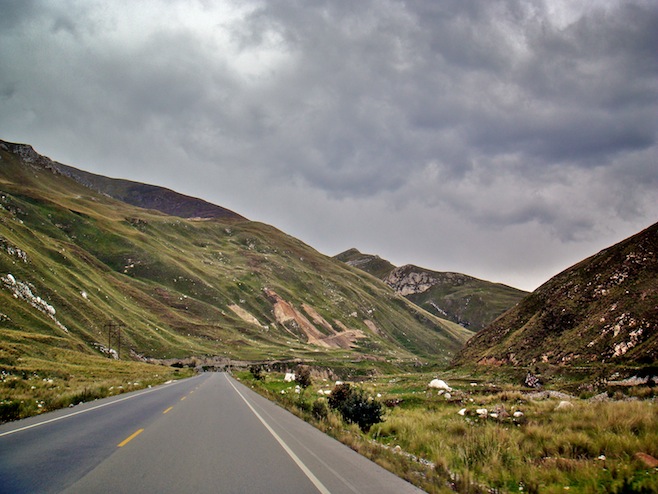
.jpg)
.jpg)
.jpg)
.jpg)
.jpg)
.jpg)
.jpg)
.jpg)
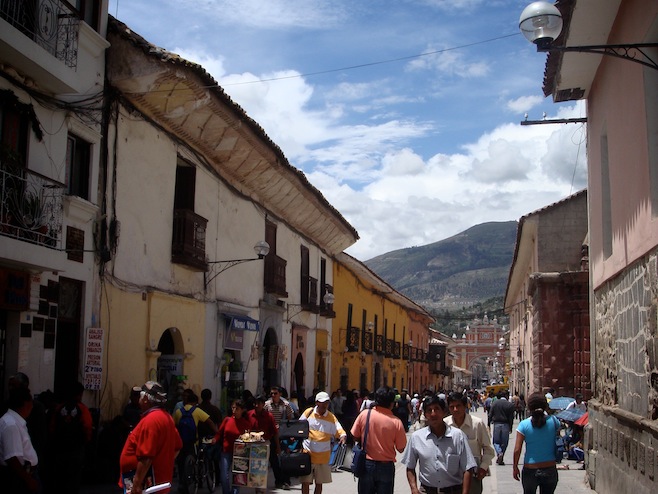
.jpg)
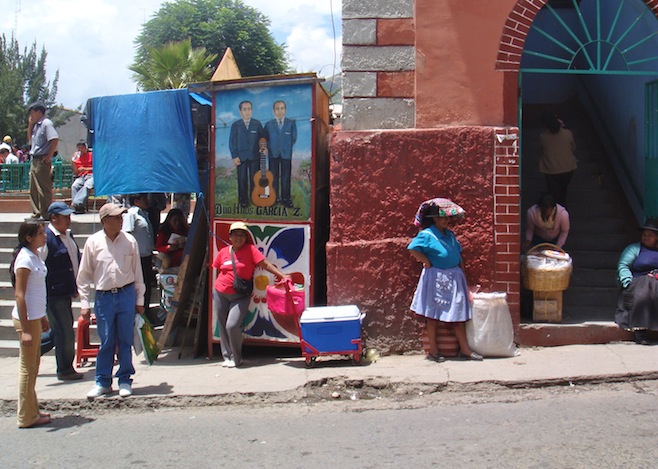
.jpg)
.jpg)
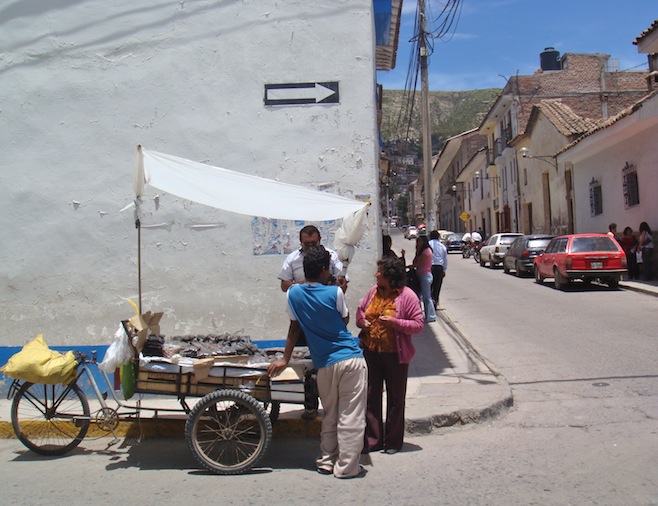
.jpg)
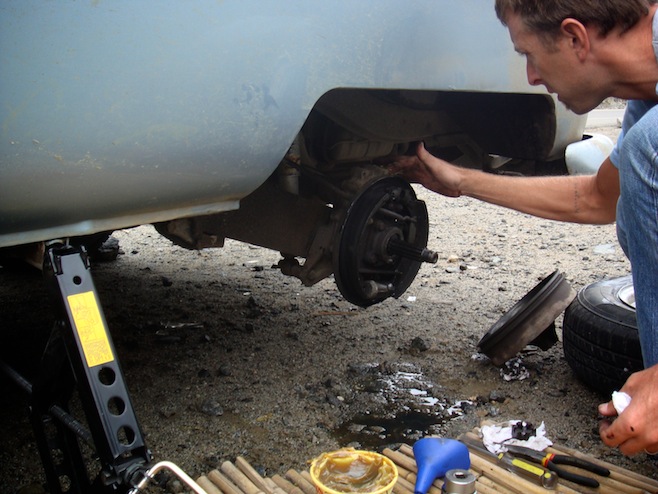
.jpg)
.jpg)
.jpg)
.jpg)
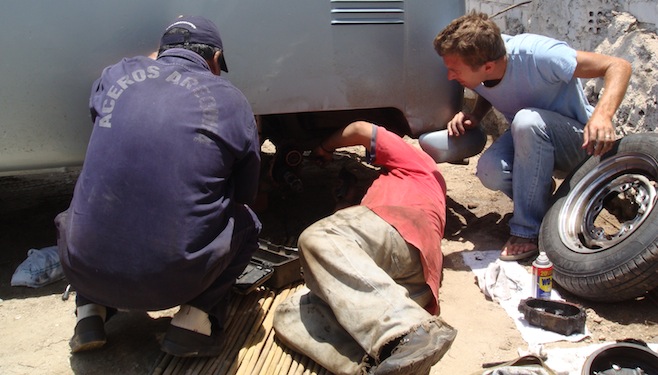
.jpg)
.jpg)
.jpg)
.jpg)
.jpg)
.jpg)
.jpg)
.jpg)
.jpg)
.jpg)
.jpg)
.jpg)
.jpg)
.jpg)
.jpg)
.jpg)
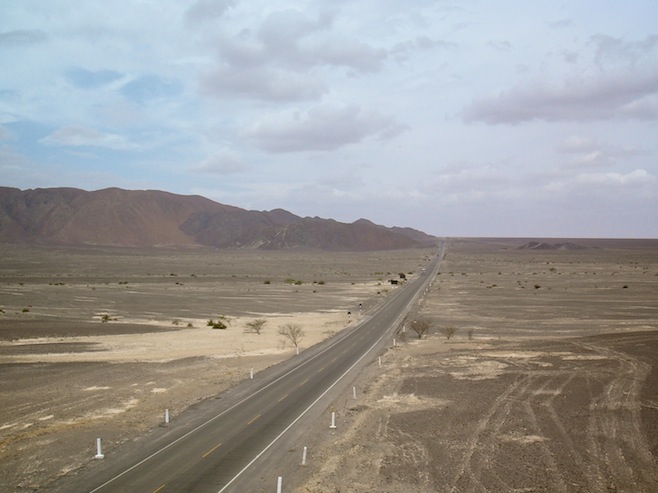
.jpg)
.jpg)
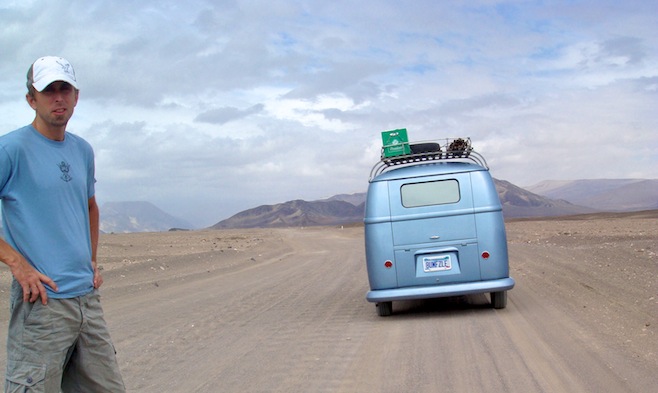
.jpg)
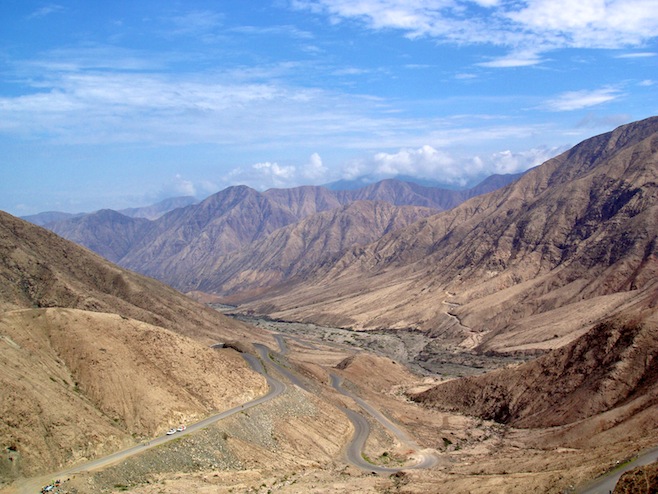
.jpg)
.jpg)
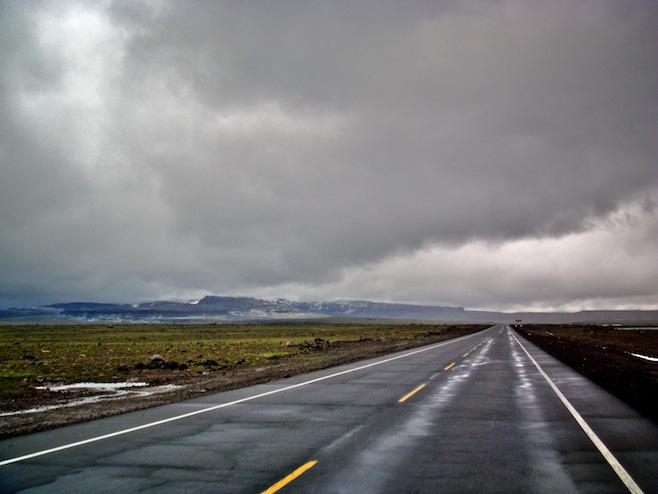
.jpg)
.jpg)
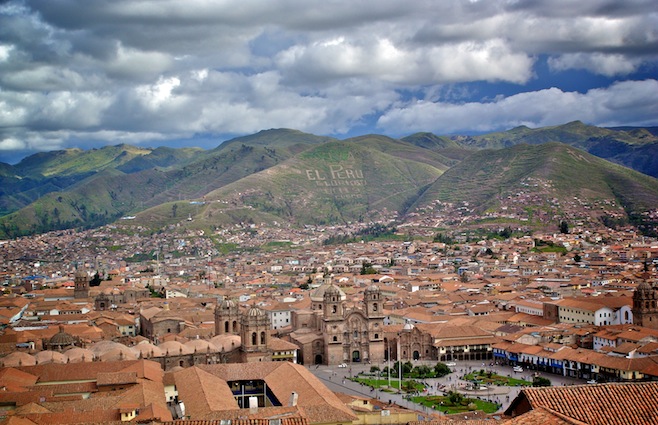
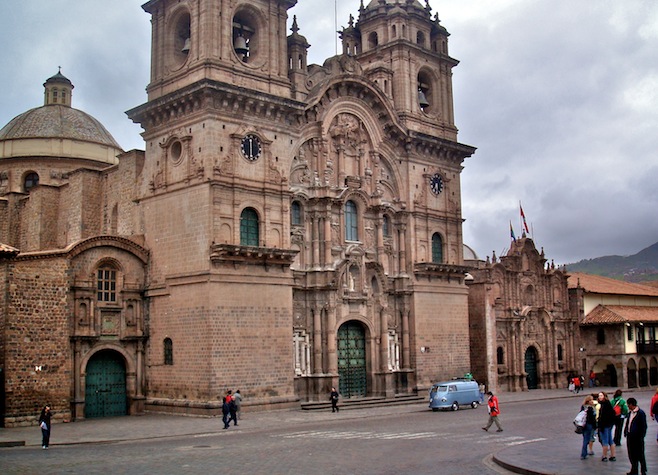
.jpg)
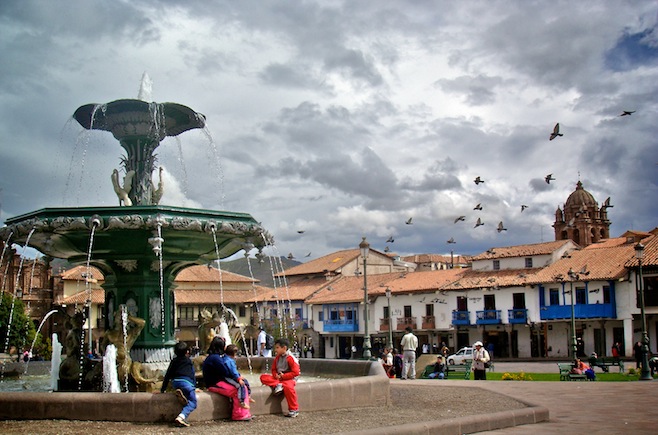
.jpg)
.jpg)
.jpg)
.jpg)
.jpg)
.jpg)
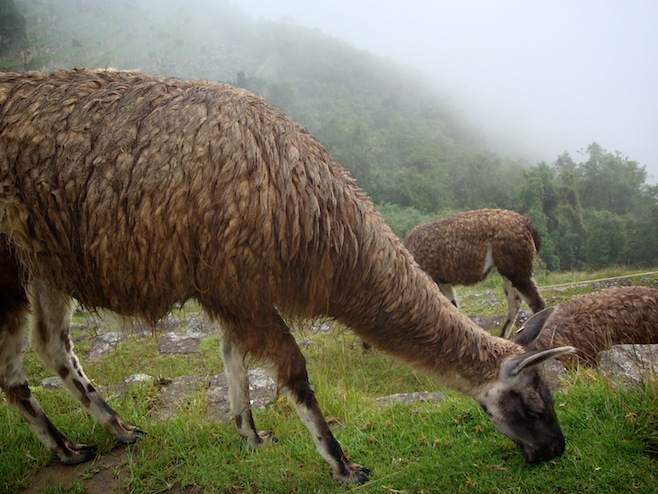
.jpg)
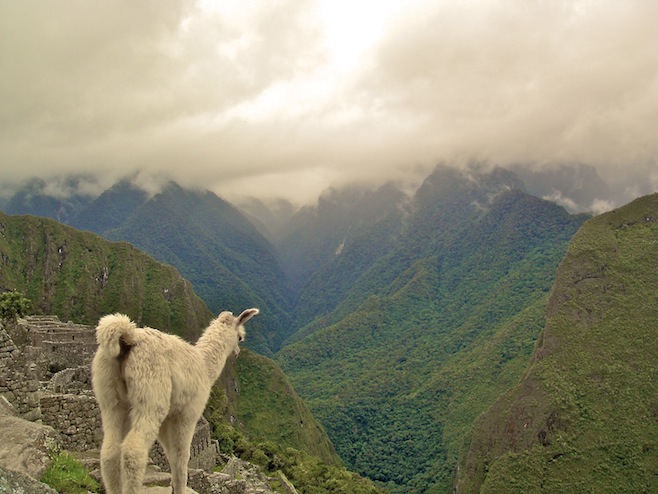
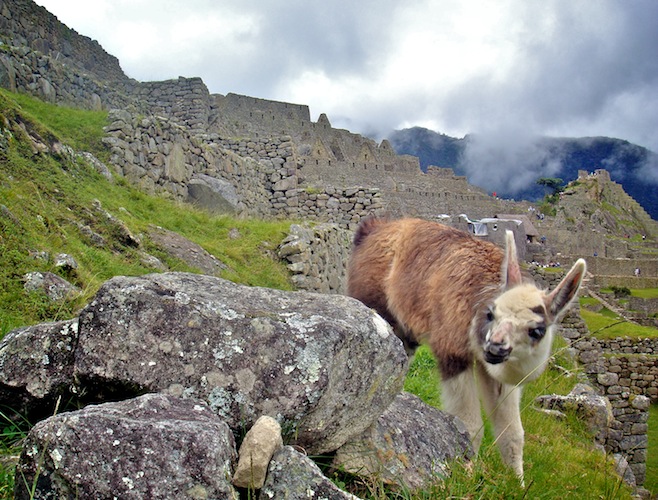
One Comment on “February 2009”
Pingback: American Backpackers in Lima | Matt & Jessica's Sailing Page